Looking for a bibimbap sauce without gochujang? This Japanese-inspired version is made with soy sauce koji, giving it a naturally sweet and umami-rich flavor without any added sugar, gentle enough for children or anyone who prefers mild flavors.
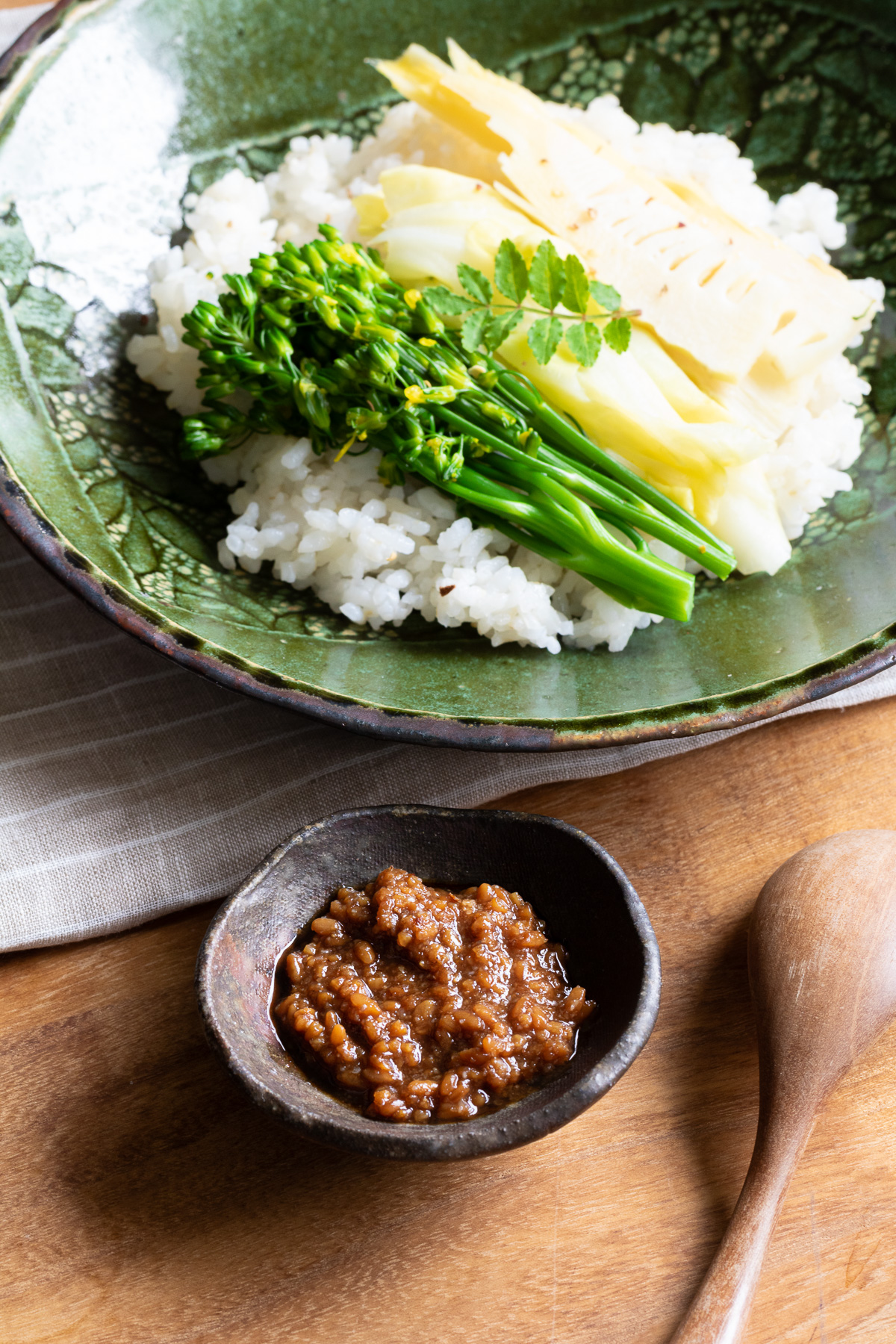
📖 Journal from the Kitchen
Spring brings tender bamboo shoots, cabbage, and fresh broccoli—vegetables that shine when paired with a simple, soy sauce–based bibimbap sauce.
Instead of gochujang, I reached for soy sauce koji. Its mellow sweetness makes the sauce rich and layered, yet completely non-spicy. A touch of ground sansho (Japanese pepper) adds a refreshing note, like the cool breeze of early spring.
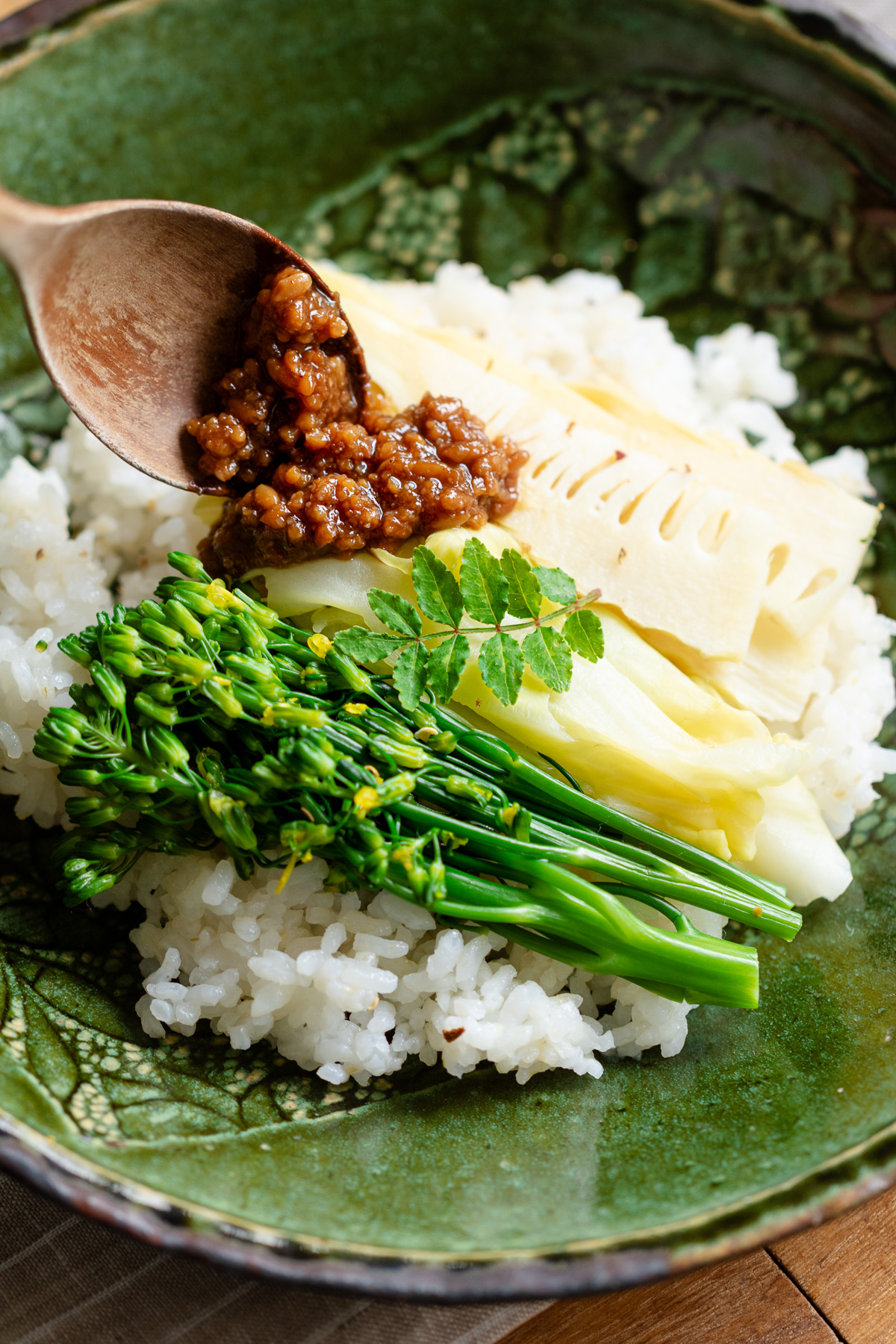
🌿 Mild gochujang-based bibimbap sauce
For those who still wish to enjoy the gentle depth of gochujang, I have another recipe to share: a Korean-style bibimbap sauce made with just a touch of gochujang (Korean red pepper paste). The color is vivid, yet the heat is softened — more of a whisper than a flame. Even children can enjoy its mild warmth.
Both sauces are simple to prepare, needing little more than a bowl and a spoon. Perhaps making the two side by side, then tasting them in turn, could bring a small delight to your table.
May these sauces carry quiet smiles into your mealtime 🌿
Jump to:
🫙 Ingredients
This Japanese-style bibimbap sauce comes together with just four ingredients:
- Soy sauce koji – the base ingredient, naturally sweet and full of umami.
- Ground sesame – adds gentle sweetness and body.
- Toasted sesame oil – brings depth and aroma.
- Ground sansho – for a light, refreshing kick. (Optional: black pepper if you don’t have sansho.)
👉Learn how to make soy sauce koji at home
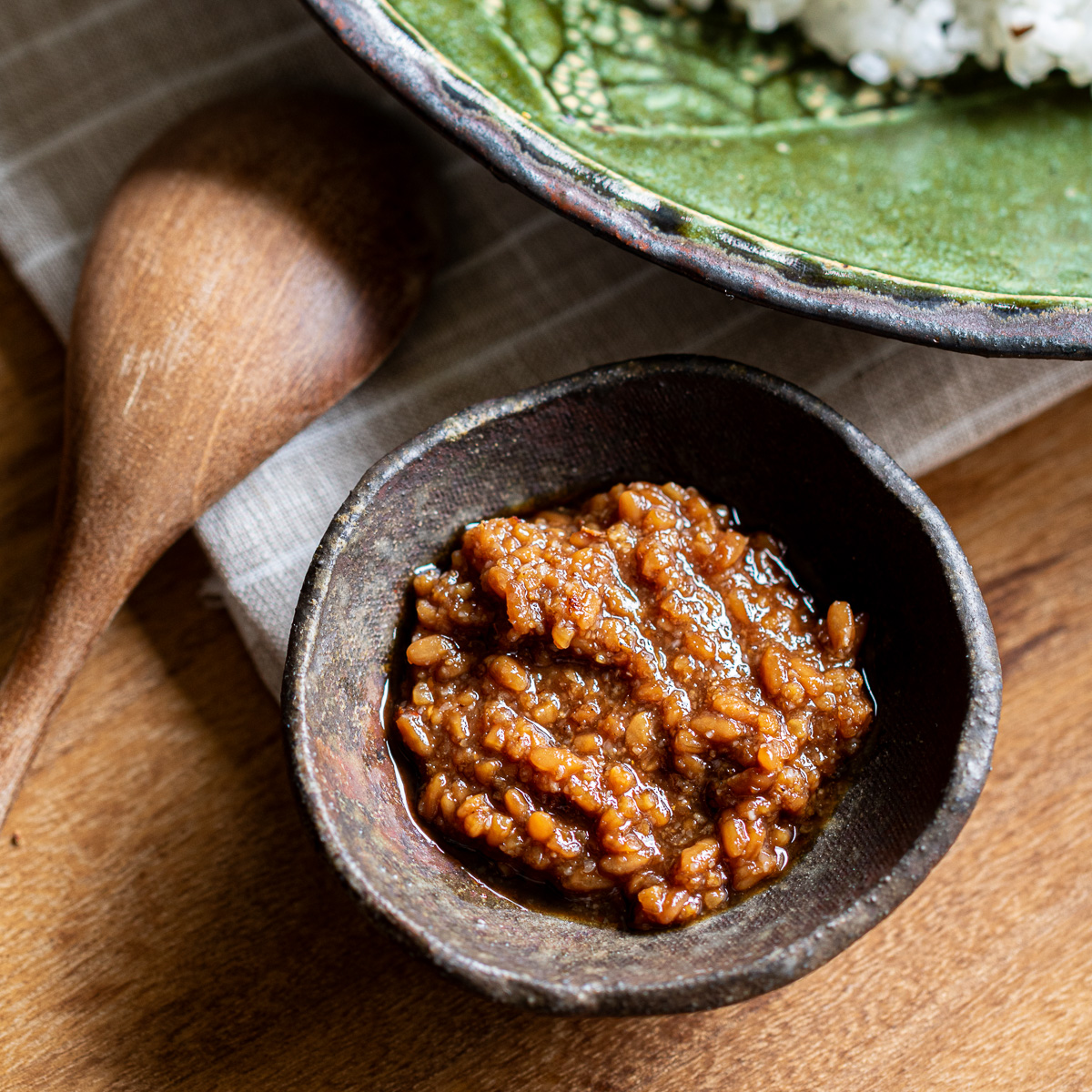
For exact amounts, please check the printable recipe card👇
🥣 How to Make
- Mix soy sauce koji, ground sesame, sesame oil, and sansho in a small bowl.
- Taste and adjust—skip the sansho for kids, or add more sesame for extra sweetness.
- Serve immediately over warm rice and vegetables.
That’s it—no cooking required, just mix and enjoy!
🍽 Serving Ideas
- 🌱 With spring vegetable bibimbap (bamboo shoots, cabbage, broccoli).
- 🍚 As a sauce for fried rice.
- 🥗 As a quick dressing for steamed vegetables.
The more you mix everything together, the better it tastes!
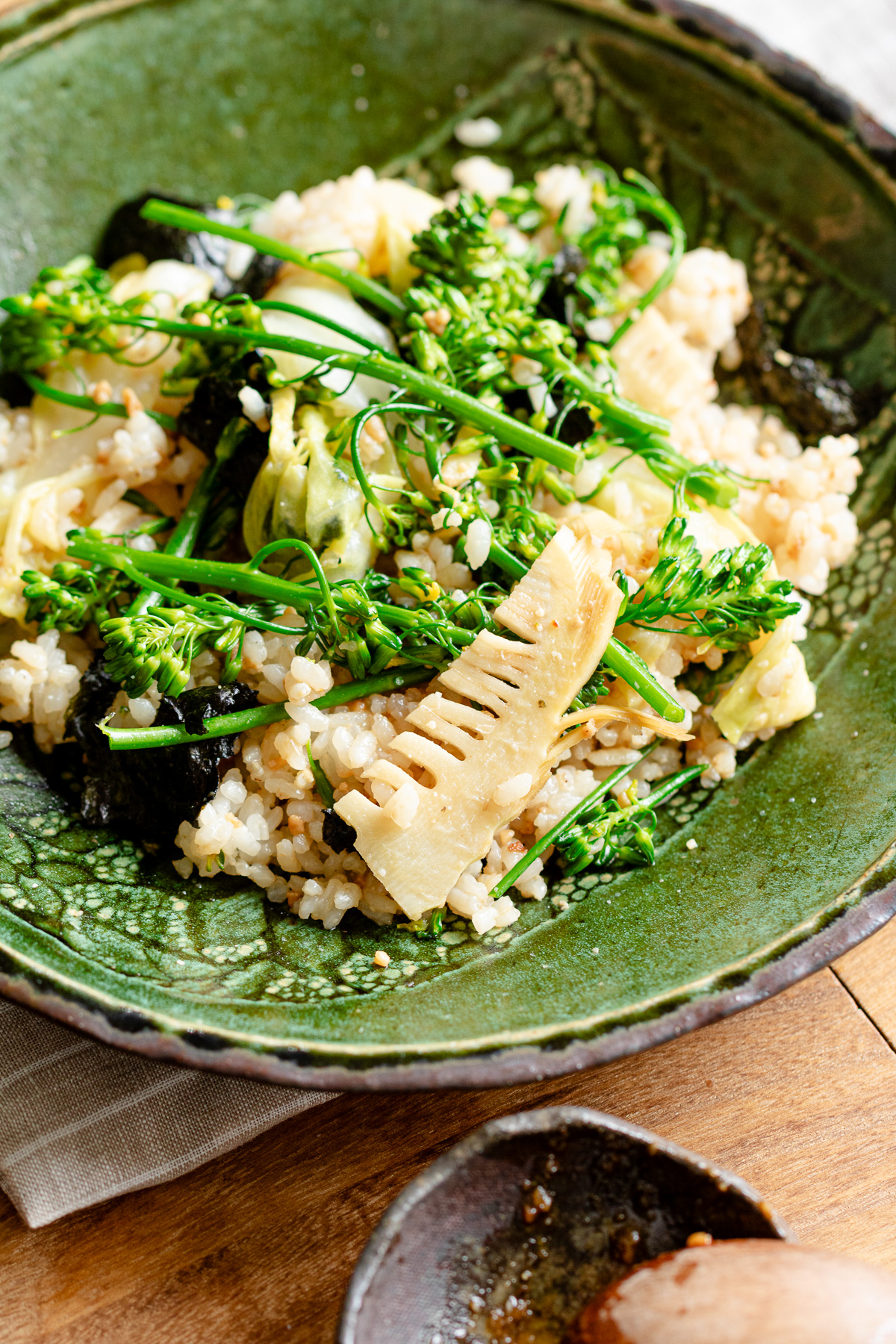
🕊 Storage
This sauce is so simple that I usually make just enough to enjoy fresh. If needed, you can store it in the fridge for a day in a sealed container.
📚 FAQ
Yes! This soy sauce koji version is completely gochujang-free, mild, and kid-friendly.
Soy sauce koji naturally adds sweetness, so no sugar is needed.
Definitely. Since it’s non-spicy, even children can enjoy it✌️
📔 Related Recipes
🌱 Recipes Featuring Sansho
More vegan Recipes with Sansho:
🚲 Recipes with Soy Sauce Koji
More Vegan Recipes with Soy Sauce Koji:
✏️ Recipe Card|Printable
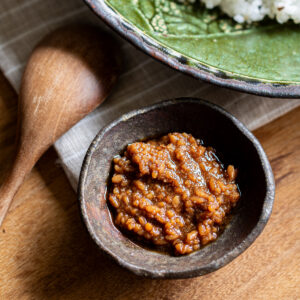
Non-Spicy Bibimbap Sauce with Soy Sauce Koji |Japanese-Style & Vegan
Equipment
- Bowl
- Spoon
Ingredients
- 1 tablespoon soy sauce koji
- 1 teaspoon ground sesame seeds
- ½ teaspoon toasted (dark) sesame oil
- sansho ((ground / to taste))
Instructions
- In a small bowl, combine soy sauce koji, ground sesame seeds, and sesame oil.1 tablespoon soy sauce koji1 teaspoon ground sesame seeds½ teaspoon toasted (dark) sesame oil
- Add ground sansho to taste (skip it for children, or adjust as you like).sansho
- Taste and adjust: add more sesame for extra sweetness if desired.
- Serve over warm rice and vegetables.
🍃 Closing Notes
I hope this gentle Japanese-style bibimbap sauce brings an easy harmony to your everyday meals.
And if you felt drawn to the earthy depth of sansho or the quiet richness of fermented flavors, you may enjoy exploring another recipe from my kitchen: a Soybean Hummus, made without oil or tahini.
It rests somewhere between East and West — smooth enough for a dip, yet grounding enough to fold into a simple shiraae(白和え), using the hummus in place of the traditional tofu base.
Wishing you all a wonderful, healthy, and happy day☀️

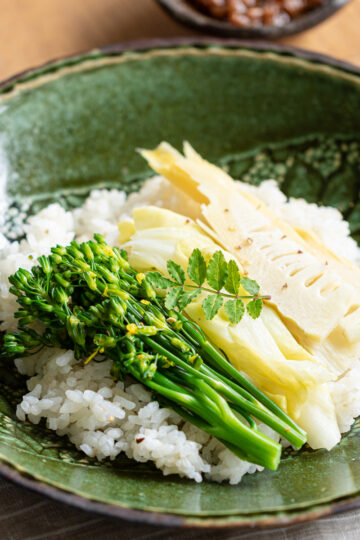
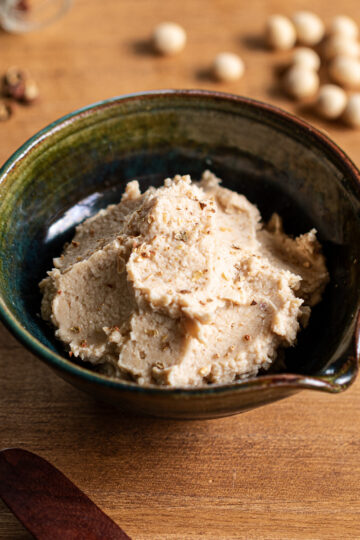


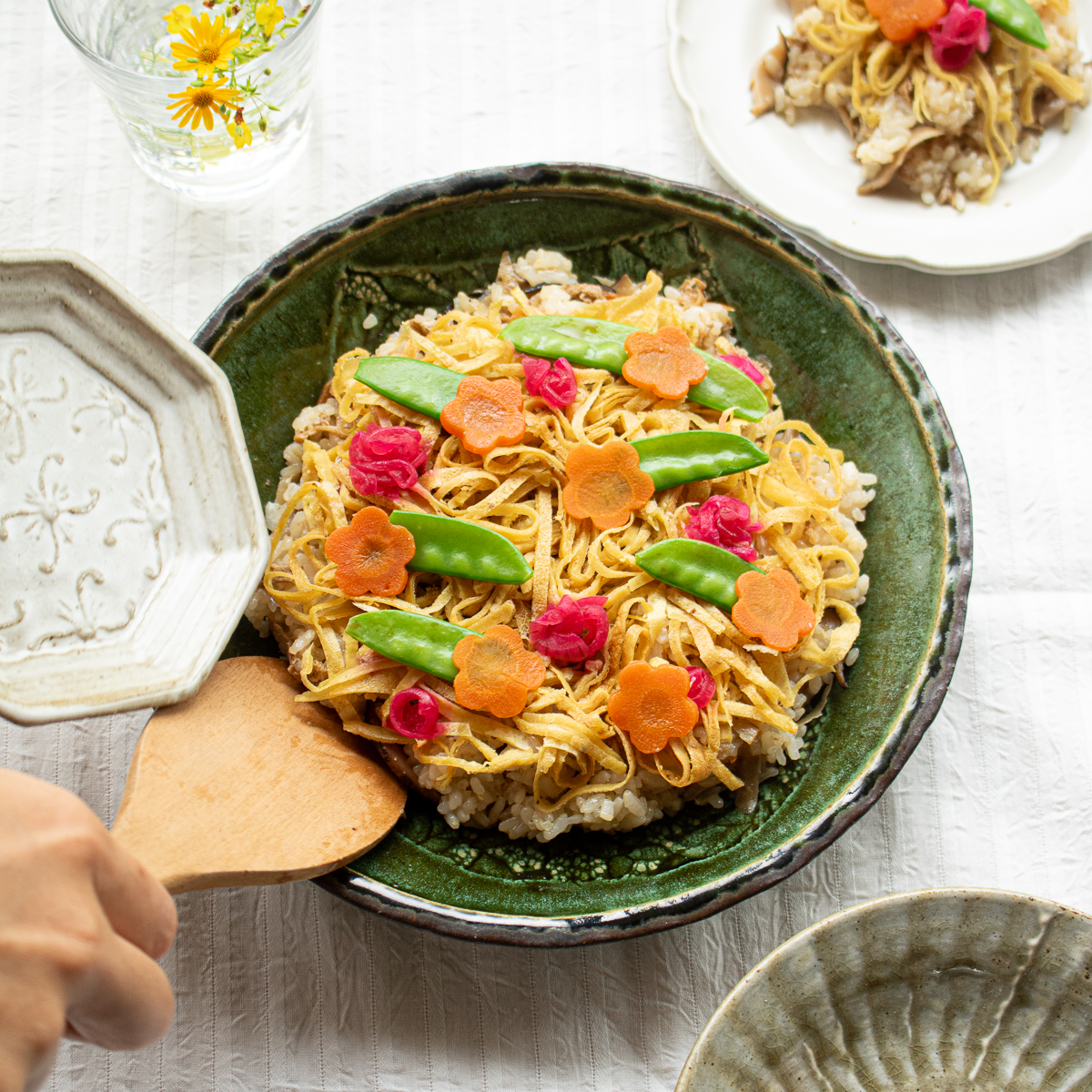

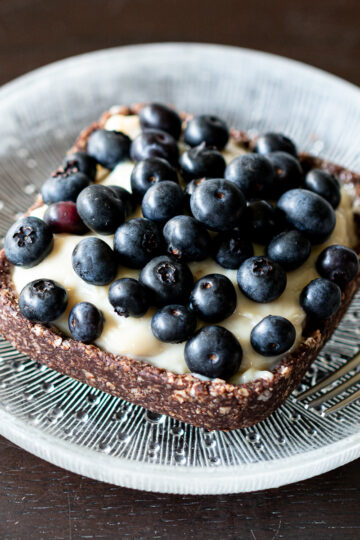
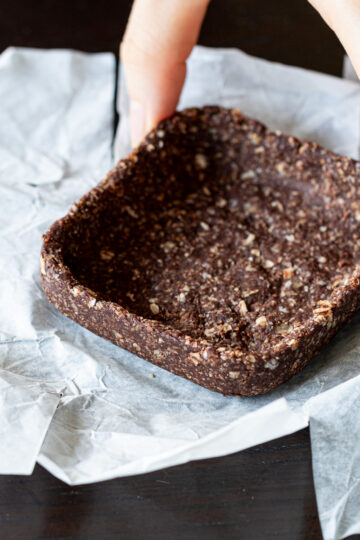
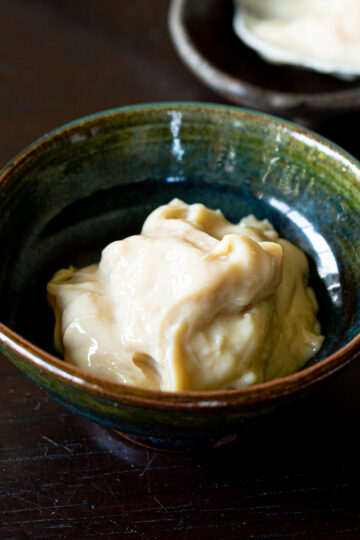
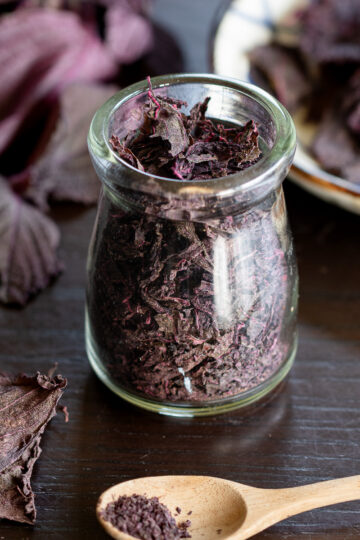
Comments
No Comments